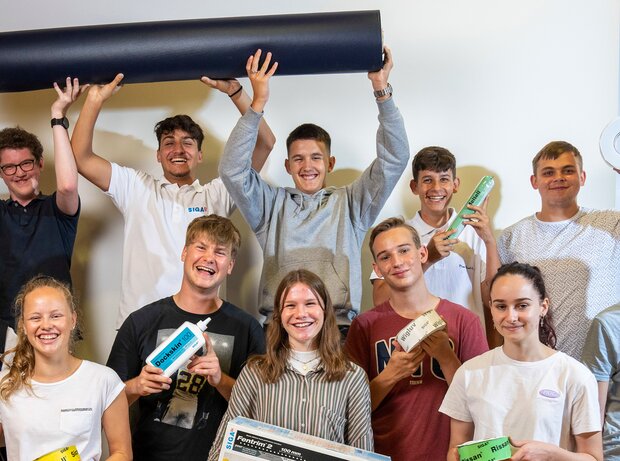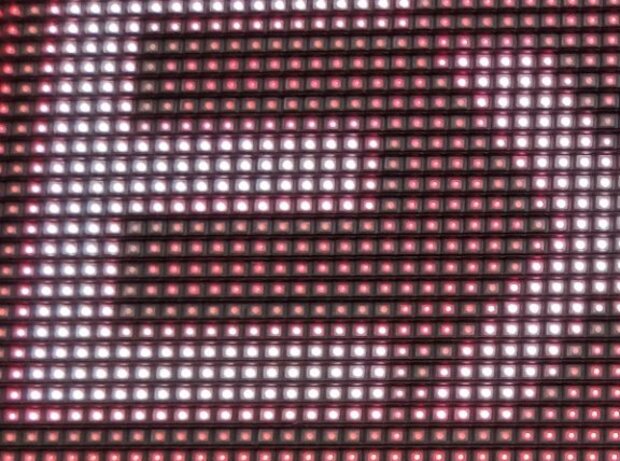
[Checklist] Get ready for your blower door test
A blower door test is essential for measuring airtightness in new buildings in the UK and Ireland. Use this checklist to ensure you're fully prepared for the test and ensure compliance.
Check these items before the blower door test
Before the test, the following items must be checked for your airtightness tester:
- The client’s air permeability target
- The result required to comply with the relevant building regulations
- The building area and volume should have been correctly calculated from up to date drawings
- The weather forecast must be suitable — wind speed must not be above 6 metres per second (Beaufort scale 3 or less)
- The building should have power
Follow these steps on site before the test
Make sure to carry out these steps on site before the test:
- External doors and windows must be closed (including for unheated spaces)
- Internal doors should be wedged open
- Chimneys must be sealed up
- Trickle or wall vents should be closed but not sealed
- Permanent open vents must be temporarily sealed
- Drainage traps should be filled with water, or otherwise blocked
- Heat recovery ventilation unit must be switched off, and the ducting sealed
- Heating systems must be turned off, and any external air inlets closed up
- Hatches to attics, basements or garages should be closed
- Keys should be in keyholes, and door handles should be fitted
- Any other conduits, ducts or hatches to unheated spaces must be closed
These tips mainly relate to homes and small buildings, as airtightness testing of large buildings can be more a complex affair. There can also be different procedures to prepare a building depending on whether you are testing for building regulations compliance, or testing to the passive house standard. Make sure to check with your airtightness tester first.
Overall, if you have designed and built with airtightness in mind from the outset, the day of your airtightness test need not cause too much stress. The test will go more smoothly and produce the most accurate result possible with just a little preparation.
Good luck!

Lenny Antonelli
Lenny is a journalist who covers the environment and sustainability. He has been writing about the built environment for over a decade, and is deputy editor of the sustainable building magazine Passive House Plus.










